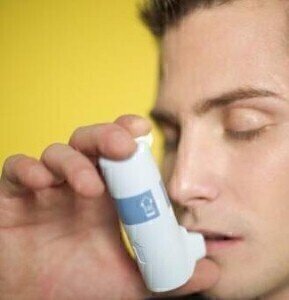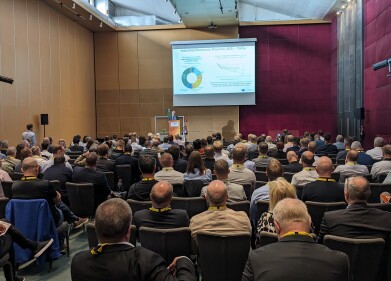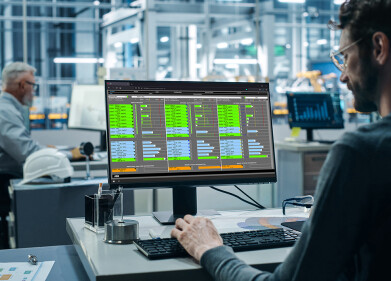Air monitoring
New Rail Technology meets Clean Air Standards
May 09 2014
With the help of the Port of Los Angeles (USA), new rail technology for locomotives to meet the nation’s strictest clean air standards has been approved by the California Air Resources Board (CARB). The system developed by Johnson Matthey recently earned CARB verification, confirming the technology meets the U.S. Environmental Protection Agency’s highest standards required for all new locomotives effective Jan. 1, 2015.
The Port of Los Angeles supported testing and verification of the Locomotive Catalyzed Continuously Regenerating Trap (L-CCRT) diesel particulate filter, through its Technology Advancement Program (TAP). A vital component of the San Pedro Bay Ports Clean Air Action Plan jointly funded by the ports of Los Angeles and Long Beach, the TAP supports the development, demonstration, and regulatory certification of new, clean air technologies to accelerate pollution reduction associated with port-related sources.
“CARB verification is a victory for clean air and the goods movement industry and another feather in the cap of our pioneering Technology Advancement Program,” said Port Interim Executive Director Gary Lee Moore. “Johnson Matthey’s new technology is a great example of the kind of innovative solutions we are proud to support to make our harbor and our industry cleaner and more sustainable.”
“Technology that passes muster of the California Air Resources Board meets the gold standard for cutting pollution,” said Jeff Sherman, President of Stationary Emissions Control LLC of Johnson Matthey, a global leader in sustainable technologies. “We are grateful to the Port of Los Angeles and all our partners for their role in helping us reach this milestone to ready our product for market.”
Over the last four years, Johnson Matthey and the Port of Los Angeles have partnered with Union Pacific, the California Air Resources Board, the South Coast Air Quality Management District and the Port of Long Beach to evaluate the L-CCRT. The system, made up of multiple components that trap particulate matter (PM) and other pollutants, was tested on switch locomotives that are used to build and break down longer trains and are essential to cargo operations in the nation’s busiest harbor complex.
The testing involved mounting the L-CCRT DPF system on the smokestacks of a Tier 3 genset switch locomotive. After 3,000 engine hours in accumulated service over two years of field testing, CARB found that the L-CCRT DPF cut PM emissions to an average of 0.021 grams per brake horsepower-hour (g/bhp-hr), which is under the Tier 4 threshold of 0.030 g/bhp-hr. The system also reduced emissions of carbon monoxide and hydrocarbons 99 percent and 90 percent respectively.
The L-CCRT DPF system, which earned CARB verification in late February, is an after-treatment device made of multiple diesel oxidation catalysts and catalysed soot filters. Johnson Matthey Stationary Emissions Control, a unit of the corporation’s Emission Control Technologies group, developed the technology.
Digital Edition
AET 28.4 Oct/Nov 2024
November 2024
Gas Detection - Go from lagging to leading: why investment in gas detection makes sense Air Monitoring - Swirl and vortex meters will aid green hydrogen production - Beyond the Stack: Emi...
View all digital editions
Events
Jan 14 2025 Abu Dhabi, UAE
Jan 20 2025 San Diego, CA, USA
Carrefour des Gestions Locales de L'eau
Jan 22 2025 Rennes, France
Safety, Health & Wellbeing LIVE
Jan 22 2025 Manchester, UK
Jan 25 2025 San Diego, CA, USA



















